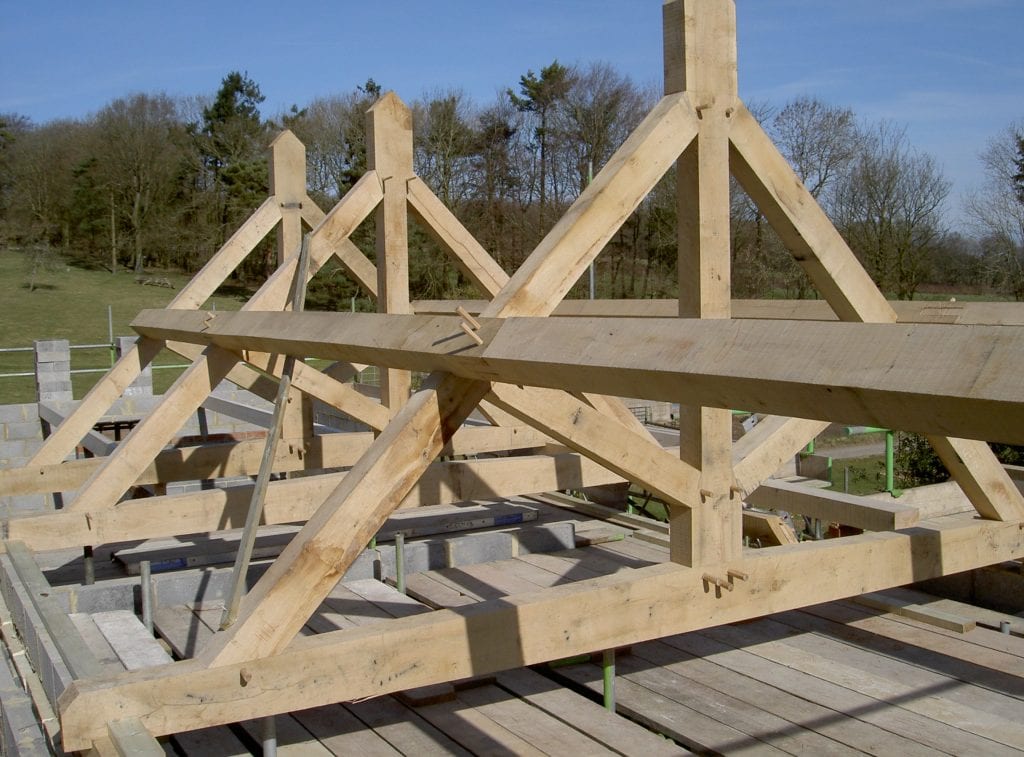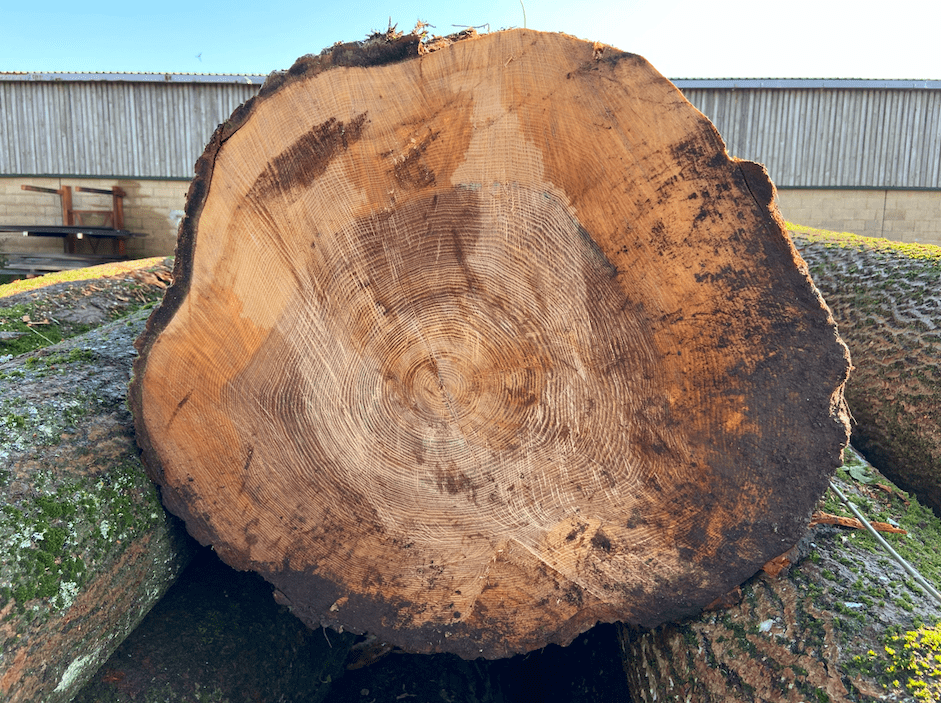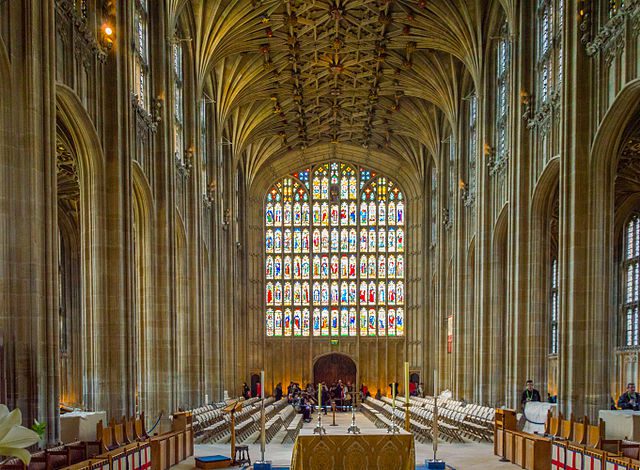Heritage: The Difference Between Restoration & Renovation
By Simon Smith
For many years, timber frame suppliers W. L. West & Sons Ltd have supplied hardwood and specialist softwoods to restoration and refurbishment sectors, for heritage restoration and conservation projects especially.
Do you know your restorations from your renovations? Lots of people tend to use the words interchangeably but as with renovation, conservation, preservation, remodelling and retrofit, each term expresses a specific degree and type of change to a building.
Heritage Restoration Timber Suppliers
Restoration is the long-term process of returning a building to its original condition and former glory. These projects can include churches, such as Laverstoke Church, or even ships, such as the HMS Victory (pictured below) and HMS Warrior.
Modern architectural restoration projects now ask for repairs to be honest and visible. In effect, this means installing a bright new patch on old timbers, which is both an act of conservation and an honest representation of the building’s timeline. Conservation architect Julian Harrap stated, “It should be obvious how this has been done.†Layers of repairs show a duty to the future generations who will want to study the repairs, and to the general public to show what has been achieved to save the principal building.
Refurbishment & Renovation
A renovation project is a process of returning the building to an improved condition by replacing or upgrading components without making significant changes to the structure or layout of a building.
Refurbishment involves the act of renewing and improving the décor of the building, through cleaning, retrofitting and replacing equipment. This may involve copying existing moulding profiles, textures or colours. Refurbishment can come close to the result of restoration, but usually involves some form of modernised upgrades as technology moves on. Paint without lead, for instance, is a common example.
The History of Timber Frame Restoration
The first group of timber-framed buildings were first identified on the Terra Amata site, near Nice in the south of France. The timber itself dates from approximately 3000 BC and features the very first basic timber-framing technique: a central pole with radial supports. However, the first individual timber frame building was identified at Nea Nikomedeia in Macedonia, dating back to about 6220 BC.
Neolithic timber frame building in the UK was first identified in a timber frame from Balbridie in Aberdeenshire dating from approx. 3400BC to 4000BC.
With urban expansion during the thirteenth and fourteenth centuries, oak was the main timber frame building material. Cruck timbers and upcycled ships timbers were used for building work – timber was recognised as the major natural building resource, though newly-felled timber remained very expensive for lower tiers of society.
As trade stretched wider and more global, timber was local to acquire and easy to transport with oxen and horse-drawn timber Drugs. Much as depicted in Ken Follet’s Pillars of The Earth, journeymen carpenters took their trade from town to town, getting involved in building projects wherever they could and literally leaving their carpenters’ mark on the beam ends.
This practice enabled the frame to be made on the ground, then be re-assembled following the marks that indicated which component went where. This was timber framing in relatively early days, yet already we start to recognise the allegedly modern idea of supplying timber beams in a basic kit format.
In the eighteenth century, timber from the Americas was being imported, so Pitch pine, Douglas fir and Cedar started to appear in Great Britain.
In the nineteenth century, tropical timber and exotic woods started to be imported more significantly than ever, though they were used mainly for furniture. Some second-fix items (components that are installed after the plastering of a new house) became more widely available as the beginnings of the Industrial Revolution meant larger ships and ever-increasing frequency, variety and volume of cargo.
At one stage between the 1950s and 1960s, over 623 spp of timber could be bought in British markets from all corners of the world with which to build, create and start to renovate.
While the Victorians’ love of industry brought along timber’s first real competitor material to the market—cast iron—they also took to pulling down, re-building and re-designing a great number of historical buildings. This provided ample work for the likes of W. L. West & Sons Ltd’s founder Walter Luke West, but tended to butcher the past.
Today, timber is imported and protected by EUTR regulations as well as certifications of provenance and timber management.
The Evolution of Heritage Timber Frame Restoration Techniques
Techniques that involve the continued use of hand tools, as well as modern, computerised machinery, have brought us to whole new spheres of ability to make faster and more accurate building components. Nevertheless, there has been a decline of “Plumb line†technology to “Sprit level†technology; the skill of timber framing using timber with natural bow and spring for the building’s best effect is slowly being eroded.
Fire regulations and certain pieces of legislation, such as the Disability Discrimination Act, had made way for change in the procedures of modern building construction sites as well as older historical sites. A vast refit of a sprinkler system into the holds of HMS Victory, for example, was important to protect this great historic ship, but some procedural changes were necessary to protect this national heirloom.
Even the advent of central heating creates change in building and restoration planning and procedures. Usually, to shrink the timber as the building dries out is a skill in its own right, especially trying to get timber to the equilibrium moisture content as near as its end-use life as possible. In times past, freshly-sawn green oak would be erected in the frame for some months before being moved back in to finish the building.
HMS Victory was ordered by The Admiralty and Marine Affairs in 1758. The timber frame laid down in 1759 was launched May 1765; HMS Victory took nine years to build. Today, only 17% of the original timbers are still in place, and the restoration and refurbishment on this ship is very much an ongoing project.
Refurbished buildings these days can contain steel, stainless steel, resins and even carbon fibre. Timber refurbishment projects are prime examples of how pulling together new technology and materials, both innovative and traditional, help heritage conservation projects attain the best results possible.
Being a key UK timber supplier with many architect contacts and the kind of sympathy for Design that is acquired through many decades, we have a duty to protect the past for future generations. The method of installation is very important when restoring or refurbishing historical buildings as it maintains a legacy for the future while preserving heritage.
We are fortunate and honoured that key architects and historians in the UK use us for knowledge and information regarding the original materials used, timber selection and cutting, or even the processes of machining, processing and drying. To make and replace, tastefully and respectfully, is the best way to reinstate a heritage building’s former glory.
WL West’s Heritage Renovation and Restoration Projects:
Tilford Bridge (one of England’s last packhorse bridges)
House of Lords Library (flooring replacement)
Westminster Abbey (new flooring for the museum)
The Royal Barge for Her Majesty the Queen’s Jubilee
Kensington Palace
Winsor Castle, St George’s Chapel
HMS Victory (new walkway and beam-end replacement)
HMS Warrior (restoration of stern sections, moulding and cabin walls)
WL West & Sons Ltd is a timber merchant and sawmill business with 150 years of experience. We provide a wide range of timber products and supplies. We also build and install custom projects for our customers.
For more news, tips and updates, follow us on Facebook, Twitter, or Instagram.
For entirely finished products, timber supplies or woodworking tools, have a look at our Retail Shop (which is temporarily closed for lockdown but will re-open closer to the New Year).
Liked this article? More like this:
The Diverse Uses of Dendrochronology and Tree-Ring Dating
Spalted Wood: Beautiful, But Is It Safe?
Reconnecting a Village: Our Restoration of Tilford Bridge









